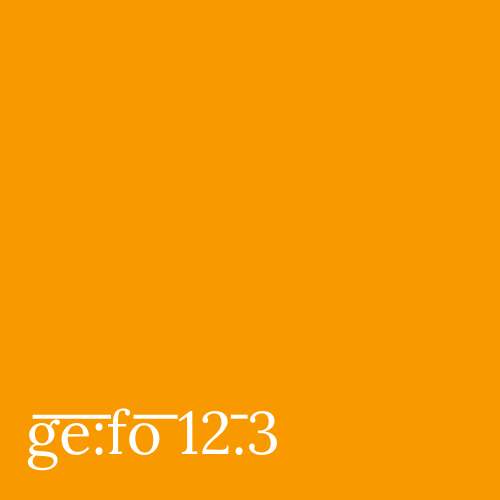A Mass-Produced Muse: Gender and Late-Victorian Urban Developments in George Du Maurier’s Trilby
DOI:
https://doi.org/10.18716/ojs/gefo/2013.2590Keywords:
George Du Maurier, Trilby, heroine, cityAbstract
This paper examines the gender dimension of several issues emerging in the context of the fin-de-siècle urban setting through a discussion of George Du Maurier’s popular novel Trilby. Set in bohemian Paris, the novel’s female protagonist Trilby, initially a highly hybrid character, is gradually turned into a domestic creature in order to be protected from the lures and temptations of the city. Later hypnotized by the evil Svengali, she is then transformed into an outstanding diva, La Svengali, and as a female performer she arouses insatiable feelings of passion and desire in her audience. The paper examines the ways in which the heroine and her associations with the city engage with various ideological formations, including the cult of domesticity, the paradigm of the pastoral tradition, and the Romantic conception of artistic genius. Trilby’s transformation into a metropolitan celebrity also highlights several developments in the late nineteenth-century city, including new technologies of display, changing modes of consumption, a burgeoning mass culture, as well as a preoccupation with the commodity. Du Maurier’s best-seller may teach us contemporary readers about the ways in which the issue of gender and the position of women constitute one of the fault lines in the development of urban modernity.



